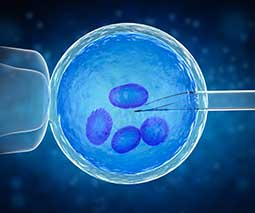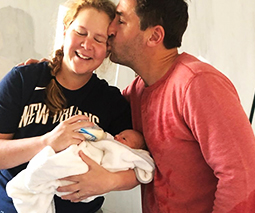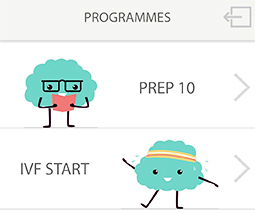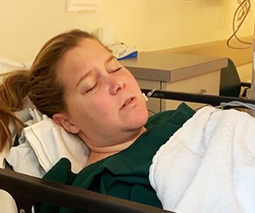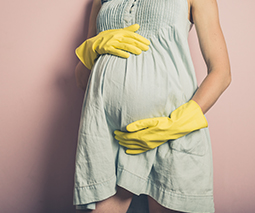An amazing 1 in 25 Australian babies is welcomed with help from IVF
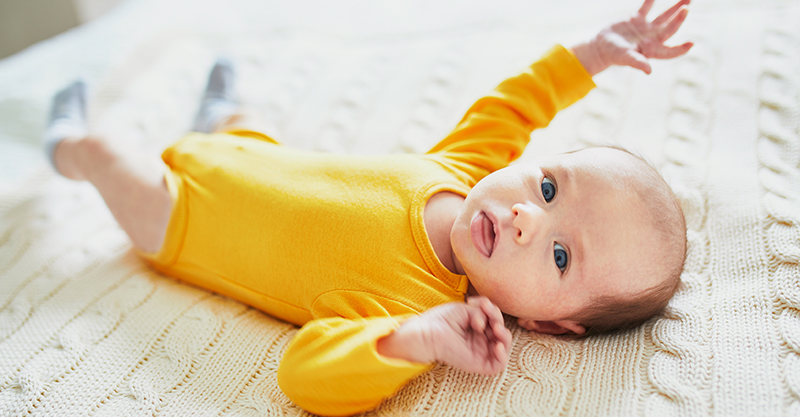
IVF turned 40 this year and a new report shows the fertility treatment is resulting in the highest number of births to date. #Brilliant!
“One in every classroom”
The report, published by the University of New South Wales, found that more than 13 500 IVF babies born in Australia across 2016 and 2017.
One in 25 Australian babies is now born via IVF which is one in every classroom, Professor Michael Chapman, President of the Fertility Society of Australia (which funded the report) told The Age.
The numbers also revealed that the rate of IVF cycles resulting in twins and triplets is now down to 3.8 percent, making it one of the lowest in the world.
Read more about IVF:
- Happy Birthday IVF! The world’s first ‘test tube baby’ turns 40 today
- Mum pays for daughter’s IVF with bingo winnings
- A fan pried into Chrissy Teigen’s IVF experience and her response was fantastic
Fresh vs frozen
The stark differences between success rates and methods for women of varying ages were super clear in the report.
For fresh cycles, women in their 20s had a live delivery rate of 36.9 percent per embryo transfer cycle. That rate dropped to 33.3 per cent for frozen cycles using their own eggs.
But the story is different from here on in.
Women aged between 40 and 44 had a live delivery per embryo transfer rate of 9.5 percent for fresh cycles and 18.6 percent for frozen cycles.
Women aged over 44 had a live delivery rate of 11.8 percent for frozen cycles and just 1.3 percent for fresh.
18 percent success rate
Other findings the report revealed included:
- A tick under 18 percent of IVF procedures resulted in a live birth.
- The number of IVF procedures undertaken rose by 4.3 percent.
- Women over 40 accounted for one in four of the procedures undertaken.
- More than half of the births of these IVF babies were via c-section.
- IVF’s success rates are affected by the age of the mother.
- IVF mum and babies have a higher susceptibility to complications such as miscarriage, caesarean and premature births, although these complications are on the decrease.
- Live delivery rates per embryo transfer rose from 22.5 percent in 2012 to 26.2 percent in 2016.
- 60 percent of IVF procedures undertaken involved a frozen embryos.
“We’re getting better at it,” Professor Chapman told The Age. “When I started 35 years ago IVF was an experiment. Today it is a standard medical treatment.”
“These results confirm Australia’s place as a leading provider of safe IVF, with multiple pregnancy rates amongst the lowest in the world.”
